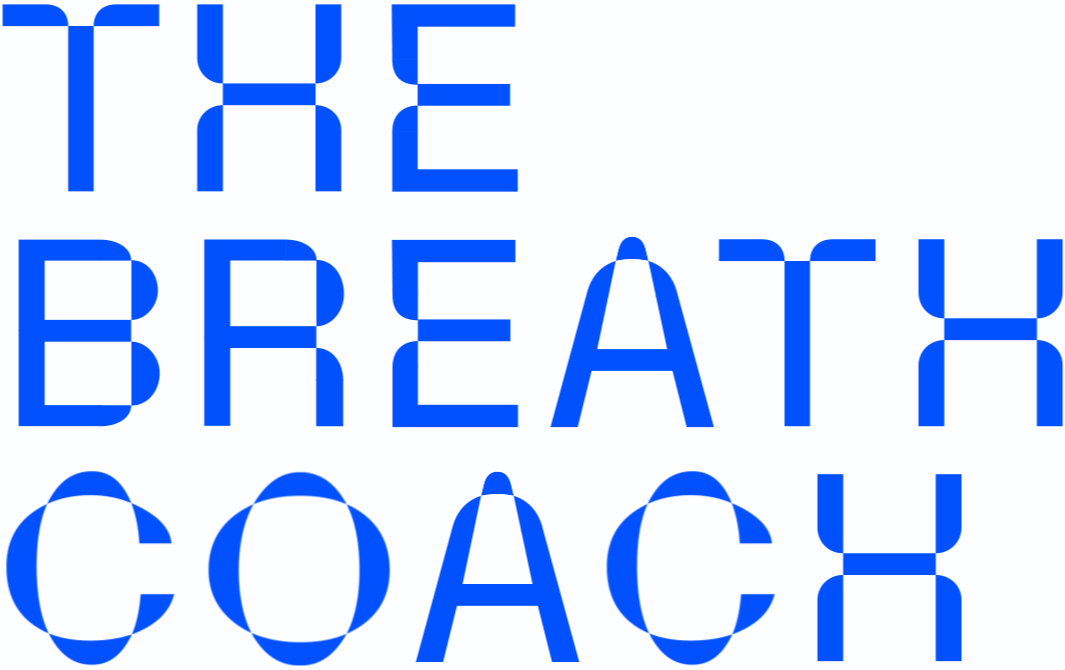Sports Performance: Power of Hypoxic, Hypercapnic Training
We all know that in the world of sports and athletic performance, athletes are constantly seeking innovative methods to gain a competitive edge. It’s something I talk about all the time. As a breathing coach, part of what I coach athletes is the concept of spleen contraction and its potential to enhance athletic performance.
‘The spleen functions as the body's reservoir for blood, housing approximately 8% of the body's red blood cells. It can contain a maximum volume of 200-300ml of blood, predominantly composed of 80% oxygen-carrying red blood cells’.
The spleen, often overlooked in discussions of athletic performance, plays a crucial role in the body's oxygen regulation. The spleen is a fist-sized organ found in the upper left side of your abdomen, next to your stomach and behind your left ribs. It's an important part of your immune system but you can survive without it. Surviving without it would just be surviving but when we want to perform at our best we need it. The spleen acts as a reservoir for red blood cells and can release additional cells into circulation when the body is under stress, such as during high-intensity exercise. This mechanism can significantly impact an athlete's endurance and overall performance.
'Spleen contraction can significantly impact an athlete's endurance and overall performance’.
Intermittant Hypoxic Hypercapnic training (IHHT), which involves exposure to reduced oxygen levels and high carbon dioxide levels, triggers the body's adaptive response. When an individual is exposed to hypoxia and hypercapnia, the spleen contracts, releasing a surplus of stored red blood cells into the bloodstream. This process, known as "splenic contraction," results in an increased concentration of red blood cells, subsequently improving the body's oxygen-carrying capacity.
The elevation in red blood cells due to spleen contraction has several notable benefits for athletes:
Enhanced Oxygen Delivery: The increased red blood cell count means more oxygen can be transported to working muscles, delaying fatigue and improving overall endurance. Remember, the Bohr effect that I have previously talked about. This can be particularly advantageous in endurance sports such as distance events such as running, cycling, and swimming or triathlons and Ironmen competitions.
Improved Performance: With higher oxygen availability, athletes may experience improved performance, higher aerobic capacity, and increased time to fatigue, allowing them to sustain intense efforts for longer durations. They become more efficient.
Accelerated Recovery: The increased oxygen supply not only benefits performance during exercise but also aids in post-exercise recovery by facilitating the repair of muscle tissues and reducing the effects of fatigue. Deep and REM sleep can be optimised.
Implementing spleen contraction for sports performance enhancement involves various strategies, including altitude training (IHHT) with breath-holds or restrictive breathing with a sports mask, specific breathing techniques and hypoxic chambers. Altitude training, for instance, exposes athletes to reduced oxygen levels at higher elevations where the air is thinner, prompting the body to adapt and trigger splenic contraction.
Specialised breathing techniques, such as intermittent hypoxic hypercapnic training (IHHT), involve controlled breathing holds to induce a hypoxic hypercapnic state, prompting the spleen to release more red blood cells. This training can take place with a qualified breathwork instructor. Moreover, hypoxic chambers simulate high-altitude conditions, allowing athletes to train in an oxygen-deprived environment without leaving sea level. The later is not as attainable as this involves finding a chamber, the costs of using one and ease of use. Training at home or the gym can mimic the altitude on a mountain at 4,500 ft.
In 1996, Professor Erika Schagatay concluded her doctoral thesis, centered on human breath-hold-diving. Her subsequent research has delved into human performance within extreme environments. One specific study she conducted investigated the significance of spleen emptying during extended breath-holding. Volunteers participated in a series of five maximum-duration breath-holds while submerged in water, separated by two-minute intervals of rest. Analysis of blood samples obtained after these breath-holds revealed a significant increase in hematocrit by 6.4 percent and hemoglobin concentration by 3.3 percent (Schagatay et al., 2001).
One specific study conducted investigated the significance of spleen emptying during extended breath-holding… revealed a significant increase in hematocrit by 6.4 percent and hemoglobin concentration by 3.3 percent (Schagatay et al., 2001).
Increased red blood cells not only translates into more stamina and increased efficiencies of your muscles, but you will also boost your immune system, decrease your blood pressure, and improve your blood circulation.
While spleen contraction and Intermittant hypoxic hypercapnic training is an excellent sports enhancing training tool, it's crucial to approach these techniques with caution and under professional guidance such as a breathing coach / breathwork instructor. Overexposure to hypoxia can lead to adverse effects and potential health risks if not managed properly. For instance it’s important to reduce your oxygen saturation (SpO2) to safe maintainable levels of 80-88%. Athletes should work closely with a breathing coach / breathwork instructor, to create tailored training programs that incorporate hypoxic techniques safely and effectively for you and your specific sport. It should be noted that its still inconclusive as to how long these extra red blood cells are available in the body blood stream after the breathing training. Scientific papers suggest 10-60 minutes and differs person to person.
In conclusion, the exploration of spleen contraction through hypoxic training as a means to enhance sports performance presents an exciting avenue for athletes looking to push their limits of endurance. The potential for increased red blood cell count and enhanced oxygen delivery holds promise for boosting endurance, improving performance, and speeding up recovery.

